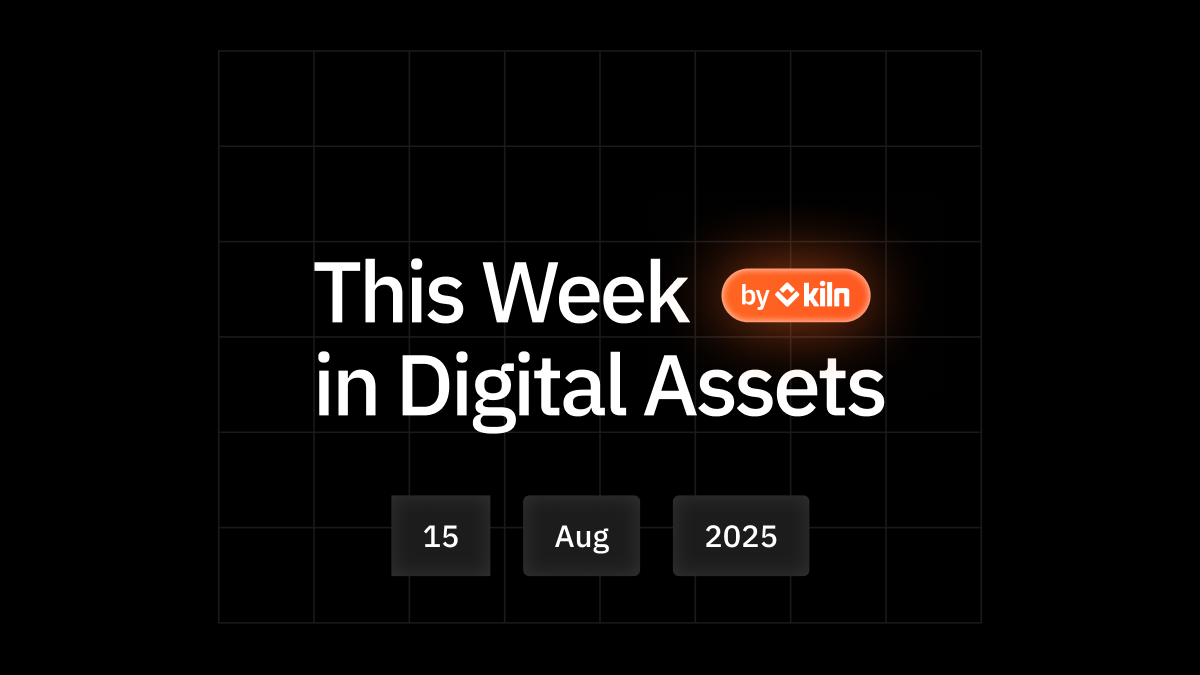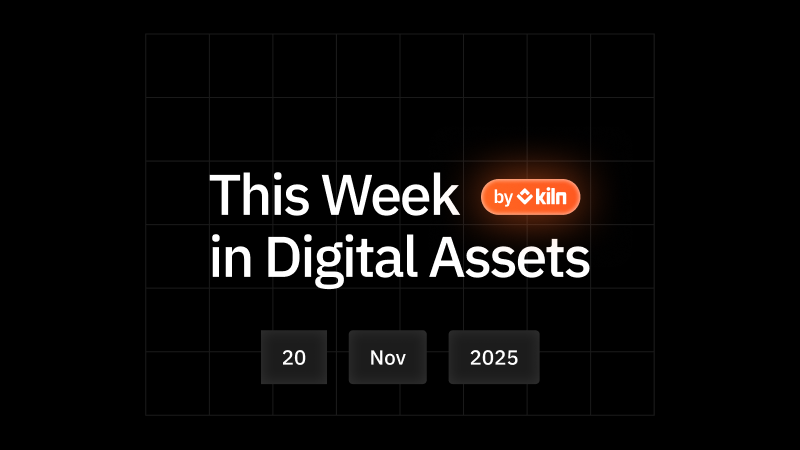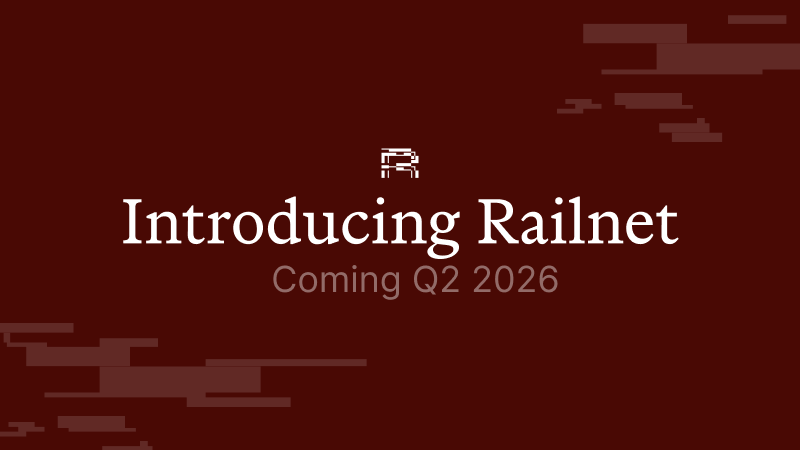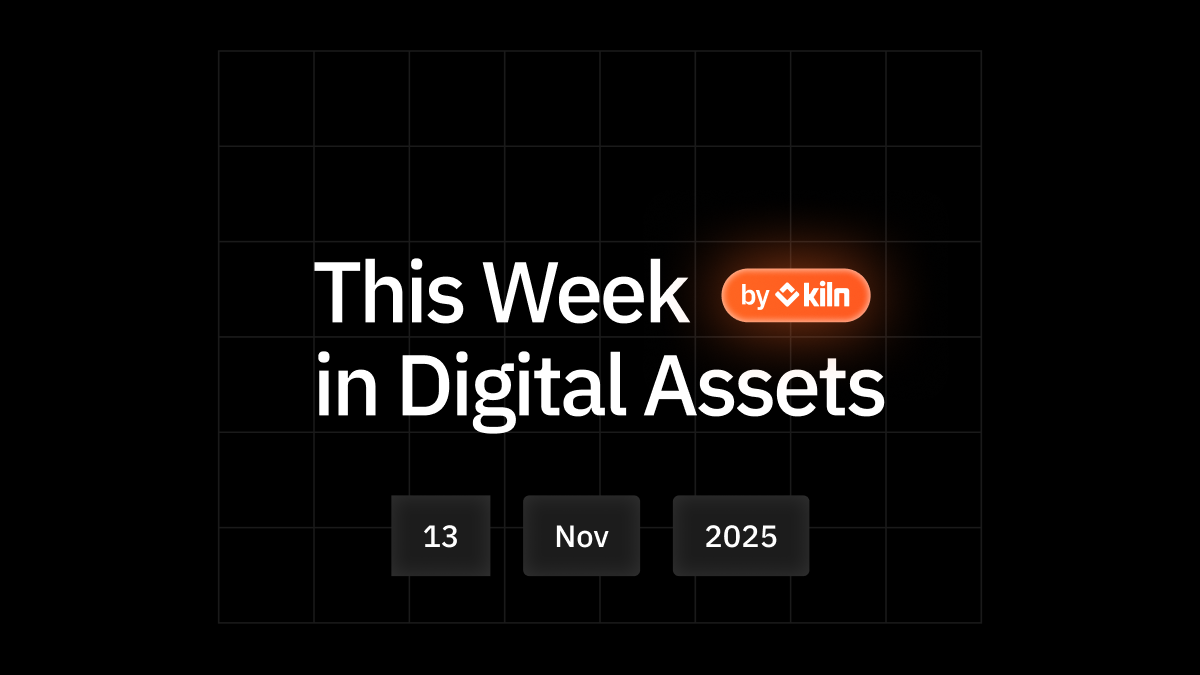Two new L1s aimed squarely at payments, Circle’s Arc and Stripe’s reported “Tempo”, mark the clearest attempt yet to rebuild the global payments stack using stablecoins. This follows Tether’s launch of its own payments-focused L1, Stable, in June of this year, signaling that major stablecoin issuers and PSPs now view purpose-built settlement rails as core strategic assets. In our view, this is more than another L1 announcement. Circle is proposing a purpose-built, EVM-compatible network with USDC as native gas, deterministic sub-second finality, an integrated FX/RFQ engine, and opt-in privacy controls. Meanwhile, Stripe appears set to pair its existing distribution, embedded wallets (via Privy acquisition announced in June 2025), and stablecoin infrastructure (via Bridge acquisition closed in February 2025) with an in-house payments L1. If either launch executes to plan, the center of gravity for payments could begin shifting away from legacy card and correspondent-bank rails toward purpose-built blockchains. At scale, these networks could start to outperform legacy rails by collapsing payment, FX, and settlement into a programmable, 24/7 atomic transaction that reduces intermediaries, frees working capital, and cuts exception handling.
We expect Arc’s first real usage will be among USDC payment flows that already work today but remain operationally clunky, like cross-border B2B, marketplace settlements (i.e., Uber, Airbnb), and corporate treasury transfers. Arc can reduce friction by abstracting gas into USDC, guaranteeing finality for reconciliation, and offering privacy where counterparties require it. We believe integrating Arc into existing wallets should be relatively straightforward, given its EVM compatibility and early work with infrastructure providers like WalletConnect and Crossmint. The bigger hurdle will be enterprise onboarding and procurement to ensure that KYC/KYB processes, dedicated support, SLAs, and auditability meet the standards required for large-scale adoption. To convince businesses to route USDC over Arc instead of an incumbent L1/L2, we expect Circle to potentially sponsor some fees for key partners, bundle clear unit economics like all-in per-transaction pricing in dollars, provide firm, pre-trade FX quotes, and guarantee reliability. A credible “best-execution for stablecoin settlement” policy where Arc routes or mirrors flows across networks when it’s cheaper or safer elsewhere would further ease migration risk.
Over the next 12-18 months, Arc will compete with L1/L2s that currently deploy USDC for core payment and settlement flow because it will directly capture gas for itself. We still expect Arc’s success to be net-positive for the multichain ecosystem over a longer horizon. If Arc onboards financial institutions and large enterprises, a higher velocity of stablecoin transactions should spill over into liquidity venues, custody, and applications on other chains via Circle’s Cross-Chain Transfer Protocol and bridge standards. The near-term risk is liquidity fragmentation if some USDC holders park operational balances on Arc while DeFi liquidity remains elsewhere.
We see Stripe’s path to adoption much differently. Distribution is largely in place through its various products and Shopify’s merchant base. To drive Tempo usage, we believe Stripe needs to make onchain settlement invisible to merchants and shoppers, like gasless UX, guaranteed FX, finality windows at the point of sale, instant fiat settlement into existing merchant accounts, and a dispute/exception framework that merchants understand. Not having a native token will likely help reduce treasury complexity and regulatory overhead for Fortune 500 finance teams, especially if Tempo settles in USDC or fiat. Developer adoption will depend on easy-to-use SDKs that plug into Stripe’s existing stack without extra keys or compliance hurdles, and on incentives that drive early use, such as fee waivers, prime checkout placement, or cash-back funded from stablecoin revenues.
For Circle, the launch of Arc is about shifting its revenue model from “capital at rest” to “capital in motion.” Interest on USDC reserves is a major earnings driver today, but over time, we expect distribution partners to likely demand a greater share of that float income or migrate to other stablecoins, putting pressure on margins. Further, changes in U.S. Treasury rates, whether falling and reducing interest income or rising and creating volatility, could further challenge the stability of that revenue stream. By owning a payments-optimized L1, Circle can monetize activity rather than idle balances, earning from USDC-denominated gas fees, RFQ/FX spread capture, settlement services, and premium features such as privacy domains or guaranteed-finality tiers.
For Stripe, the motivation is to capture more economics from the stablecoin layer it is building into its payments stack. If it uses USDC as the settlement currency on Tempo, Stripe could move quickly to market with less regulatory burden and no need to inject its liquidity, but most interest on reserves would still accrue to Circle. Stripe’s main benefit in this scenario would come from driving transaction volume and capturing payment-processing economics. The alternative is to issue its own stablecoin, allowing Stripe to retain reserve-income economics directly. We view Stripe as well-positioned to issue a stablecoin integrated into its payments stack. While regulatory compliance will require investment and careful structuring, it’s a hurdle Stripe has the resources and strategic need to clear.
What we will watch for is onchain settlement volumes and the fee revenue they generate for Arc and Tempo, because that is the clearest signal that they are seeing an ROI of launching an L1. We will also watch for named enterprise launches that are live in production rather than proofs of concept, and the number of financial institutions that integrate these L1s. If volumes scale, economics are transparent in dollars, and the distribution engines of Circle and Stripe convert existing payments traffic into predictable onchain settlement, we expect payments-focused L1s to become a durable part of the payments market structure, where big players like Visa or Mastercard can launch L1s.
About Kiln
Kiln is the leading staking and digital asset rewards management platform, enabling institutional customers to earn rewards on their digital assets, or to whitelabel earning functionality into their products. Kiln runs validators on all major PoS blockchains, with over $11 billion in crypto assets being programmatically staked and running over 5% of the Ethereum network on a multi-client, multi-cloud, and multi-region infrastructure. Kiln also provides a validator-agnostic suite of products for fully automated deployment of validators and reporting and commission management, enabling custodians, wallets, and exchanges to streamline staking or DeFi operations across providers. Kiln is SOC2 Type 2 certified.

















